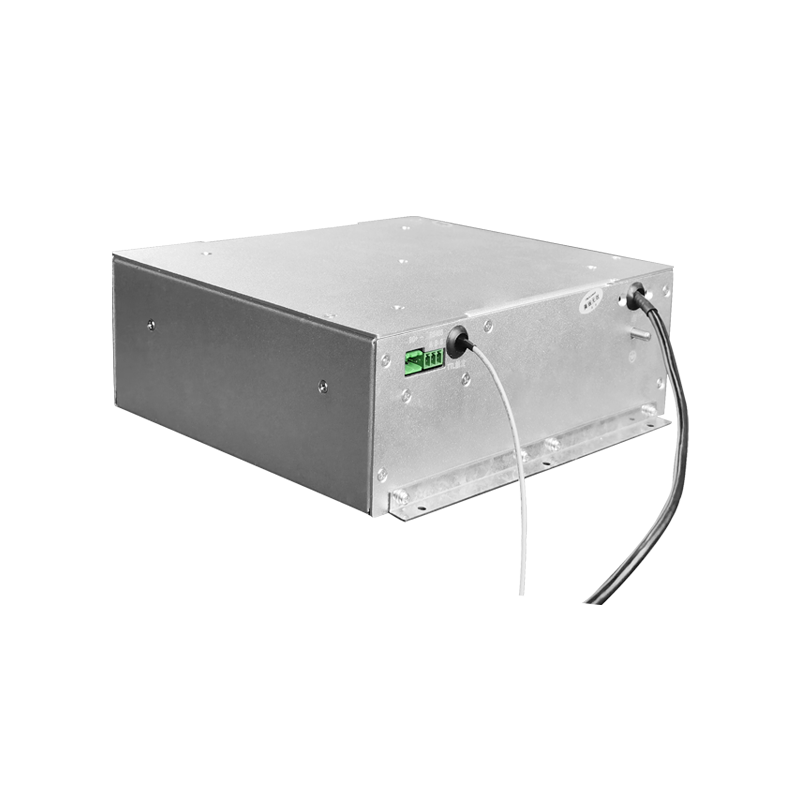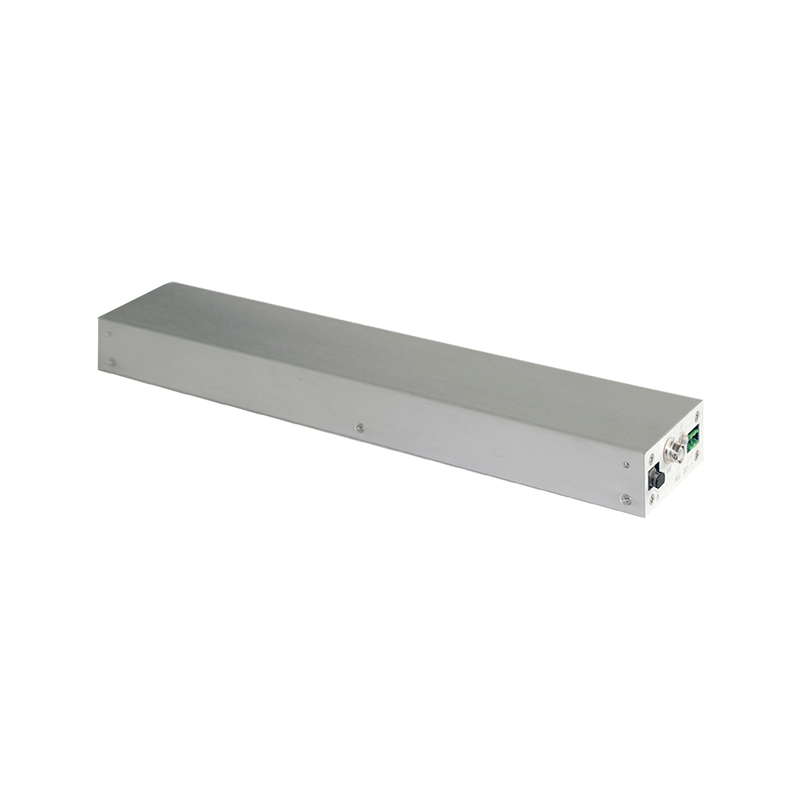Plasma Ignition Power Supply Stability: Key Technical Applications of High-Voltage Power Supplies in Plasma Generation
1. Technical Background and Connotation of Stability for Plasma Ignition Power Supplies
The plasma ignition process relies on high-voltage power supplies to provide continuous and precise energy input, with stability directly determining the generation efficiency, uniformity, and system reliability of plasma. Technically, the stability of plasma ignition power supplies is reflected in three dimensions: ripple control of output voltage/current, dynamic response speed, and anti-interference capability. When stability is insufficient, phenomena such as arc flashing and energy fluctuation occur in the plasma torch, leading to reduced ignition efficiency, shortened electrode life, and even system failures.
2. Core Technical Factors Affecting Stability
1. Optimized Topology Design
The topology of high-voltage power supplies forms the foundation of stability. Traditional hard-switching topologies (such as half-bridge and full-bridge circuits) are prone to switching losses and voltage spikes at high frequencies, causing output fluctuations. Current mainstream solutions adopt soft-switching technologies (e.g., zero-voltage switching ZVS, zero-current switching ZCS), which reduce switching losses through resonant networks and control output voltage ripple within ±1%. For example, the phase-shifted full-bridge ZVS topology combines transformer leakage inductance with the junction capacitance of switching tubes to form resonance, enabling stable output across a wide load range.
2. Innovation in Digital Control Strategies
Digital control systems based on DSP or FPGA enhance stability through real-time sampling and predictive control algorithms, including:
Dual-loop control: The voltage outer loop stabilizes output amplitude, while the current inner loop suppresses dynamic disturbances, reducing response time to within 100μs;
Model Predictive Control (MPC): By establishing a state-space model of the power supply system, switching sequences are optimized in advance to suppress voltage overshoot caused by sudden load changes;
Adaptive control: Aiming at the time-varying characteristics of plasma loads (e.g., arc resistance changing with temperature), control parameters are adjusted in real time to maintain energy transmission efficiency.
3. Electromagnetic Compatibility (EMC) Design
Electromagnetic interference generated by high-voltage power supplies affects control circuit stability. Solutions include:
Using a layered shielding structure (metal casing + grounding plane) to suppress radiation interference;
Deploying LC filter networks at input/output terminals to attenuate conducted interference (e.g., noise in the 100kHz~10MHz frequency band);
Optimizing PCB layout to shorten the distance between power and signal loops, reducing the impact of parasitic parameters.
3. Application Value of Stability in Typical Scenarios
1. Industrial Ignition Fields
In scenarios such as waste incinerators and gas turbines, stable plasma ignition power supplies can increase the ignition success rate from 85% to over 99%. For instance, after an industrial furnace adopted a high-precision voltage-stabilized power supply, the energy fluctuation amplitude of the plasma torch decreased from ±5% to ±1.5%, fuel consumption reduced by 12%, and the electrode replacement cycle extended by three times.
2. Scientific Research and Medical Applications
Plasma spectroscopy analysis equipment requires power supply output stability within ±0.5% to ensure spectral signal repeatability. Additionally, power supplies for plasma scalpels must respond to load changes within milliseconds to prevent arc extinction and surgical interruption.
4. Future Technical Trends
1. Application of Wide-Bandgap Semiconductor Devices
Silicon carbide (SiC) and gallium nitride (GaN) devices, due to their high switching speed and low loss characteristics, can increase power supply operating frequency to above 1MHz. Combined with high-frequency magnetic core materials (such as nanocrystalline alloys), they further reduce the volume of filter components and enhance stability.
2. Intelligent Diagnosis and Fault-Tolerant Control
By deploying sensor networks and machine learning algorithms, key power supply parameters (e.g., temperature, ripple, switching tube status) are monitored in real time, potential failures are predicted in advance, and redundant loops are switched to achieve zero downtime operation.




















